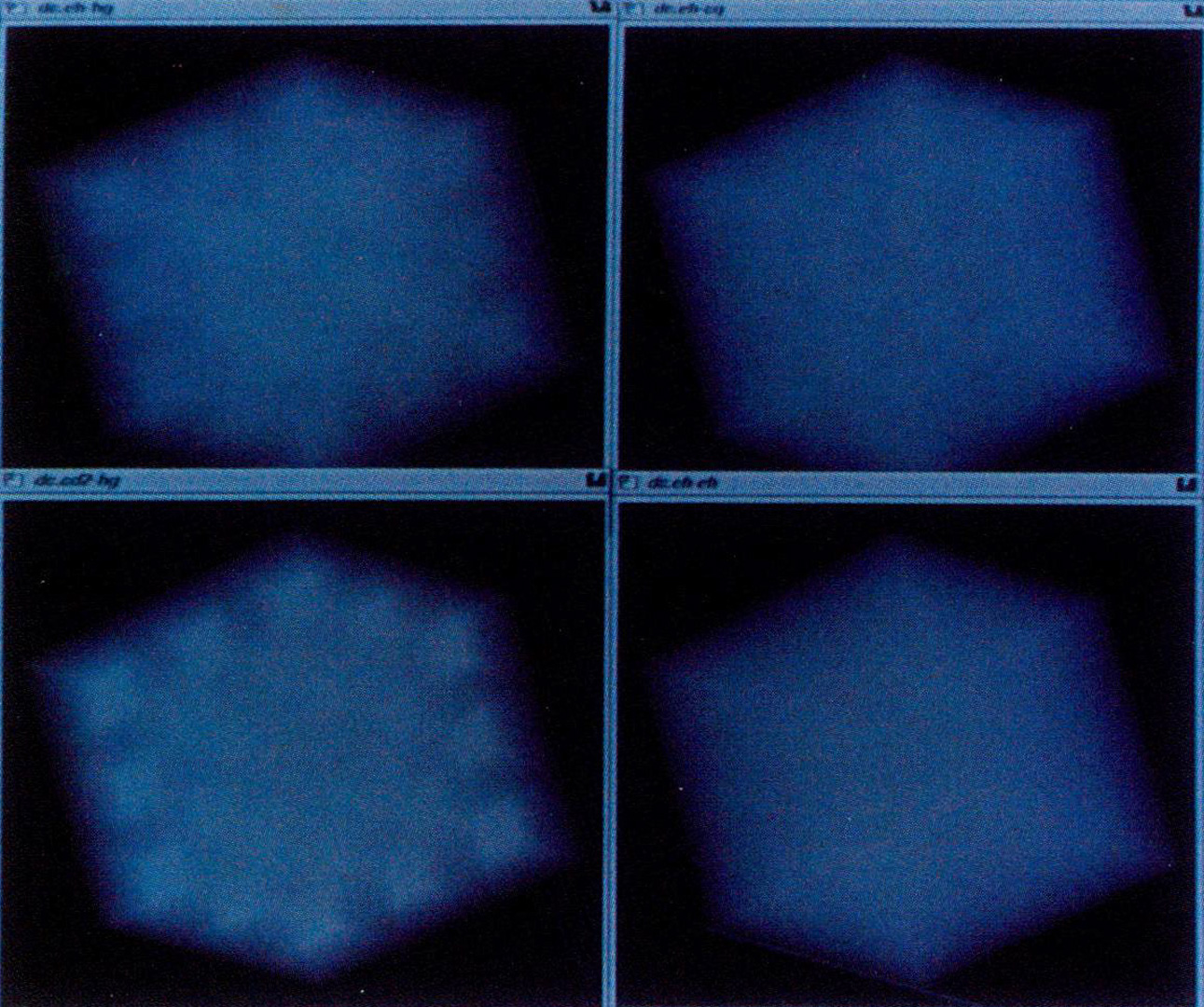“A coherent projection approach for direct volume rendering” by Wilhelms and Van Gelder
Conference:
Type(s):
Title:
- A coherent projection approach for direct volume rendering
Presenter(s)/Author(s):
Abstract:
Direct volume rendering offers the opportunity to visualize all of a three-dimensional sample volume in one image. However, processing such images can be very expensive and good quality high-resolution images are far from interactive. Projection approaches to direct volume rendering process the volume region by region as opposed to ray-casting methods that process it ray by ray. Projection approaches have generated interest because they use coherence to provide greater speed than ray casting and generate the image in a layered, informative fashion. This paper discusses two topics: First, it introduces a projection approach for directly rendering rectilinear, parallel-projected sample volumes that takes advantage of coherence across cells and the identical shape of their projection. Second, it considers the repercussions of various methods of integration in depth and interpolation across the scan plane. Some of these methods take advantage of Gouraud-shading hardware, with advantages in speed but potential disadvantages in image quality.
References:
1. Jim F. Blinn. Light reflection functions for simulation for clouds and dusty surfaces. Computer Graphics, 16(3), July 1982.
2. Robert A. Drebin, Loren Carpenter, and Pat Hanrahan. Volume rendering. Computer Graphics, 22(4):65-74, July 1988.
3. H. Gouraud. Continuous shading of curved surfaces. IEEE Transactions on Computer, 20(6):623-628, 1971.
4. James T. Kajiya and B. P. Von Herzen. Ray tracing volume densities. Computer Graphics, 18(4):165-174, July 1984.
5. Marc Levoy. Display of surfaces from volume data. IEEE Computer Graphics and Applications, 8(3):29-37, March 1988.
6. William E. Lorensen and Harvey E. Cline. Marching cubes: A high resolution 3D surface construction algorithm. Computer Graphics, 21(4):163- 169, July 1987.
7. Nelson Max. Light diffusion through clouds and haze. Computer Vision, Graphics, and Image Processing, 33:280-292, 1986.
8. Nelson Max, Pat flanrahan, and Roger Crawfis. Area and volume coherence for efficient visualization of 3d scalar functions. Computer Graphics, 24(5):27-33, December 1990.
9. Thomas Porter and Tom Duff. Compositing digital images. Computer Graphics, 18(3):253- 260, July 1984.
10. Paolo Sabella. A rendering algorithm for visualizing 3D scalar fields. Computer Graphics, 22(4):51-58, July 1988.
11. Peter Shirley and Allan Tuchman. A polygonal approximation to direct scalar volume rendering. Computer Graphics, 24(5):63-70, December 1990.
12. Craig Upson and Michael Keeler. The v-buffer: Visible volume rendering. Computer Graphics, 22(4):59-64, July 1988.
13. Lee Westover. Footprint evaluation for volume rendering. Computer Graphics, 24(4):367-76, August 1990.
14. Jane Wilhelms, Judy Challinger,, Naim Alper, Shankar Ramamoorthy, and Arsi Vaziri. Direct volume rendering of curvilinear volumes. Computer Graphics, 24(5), December 1990.





